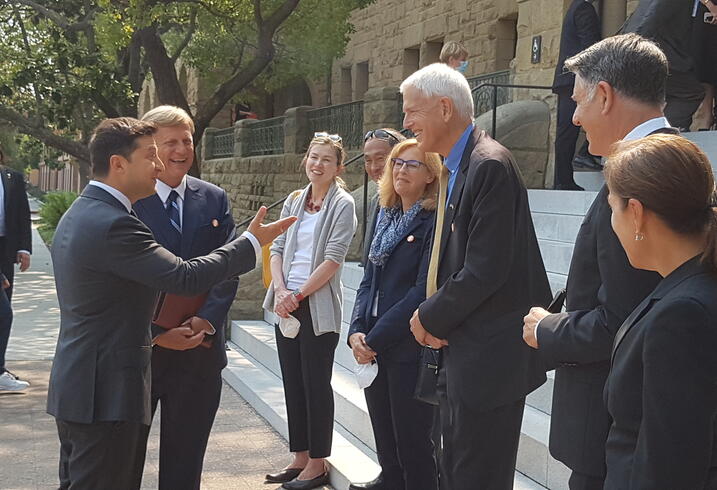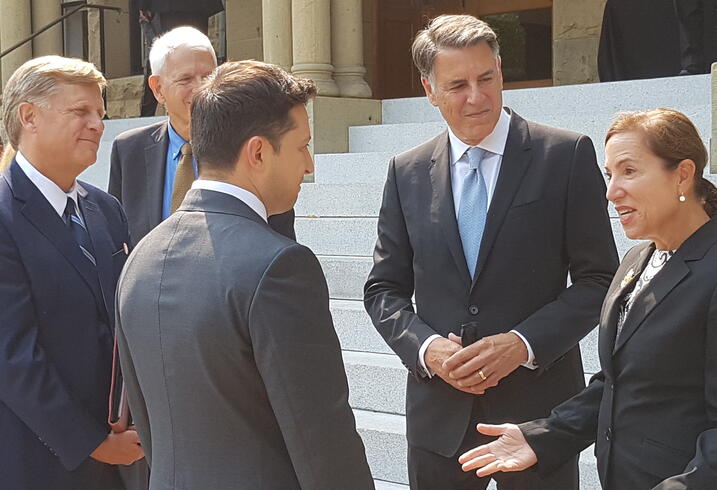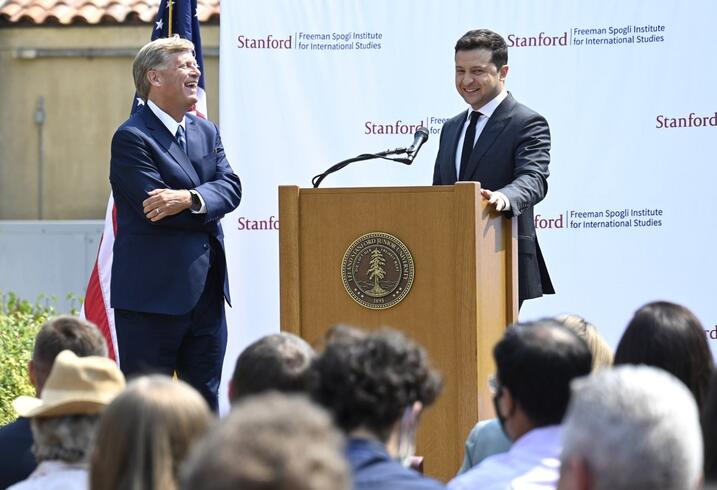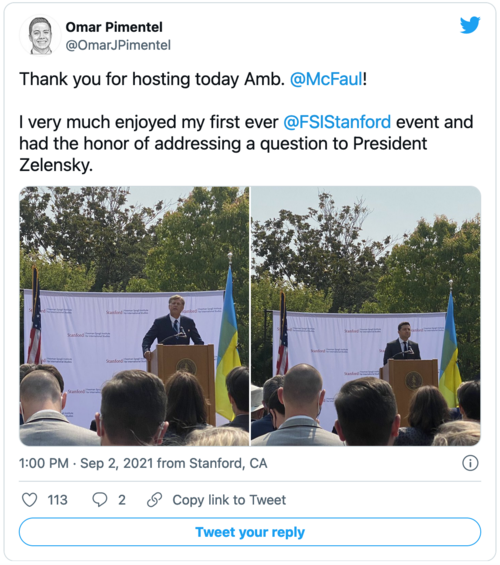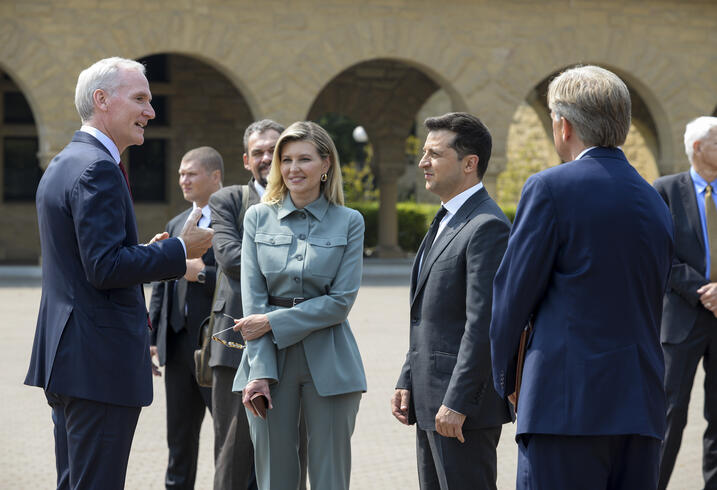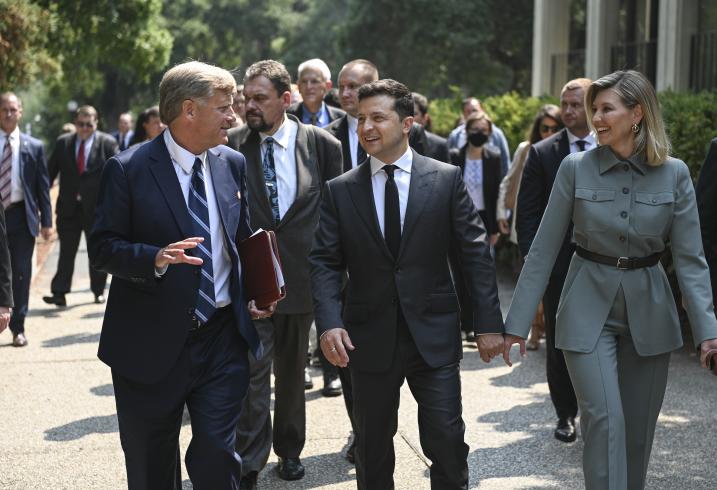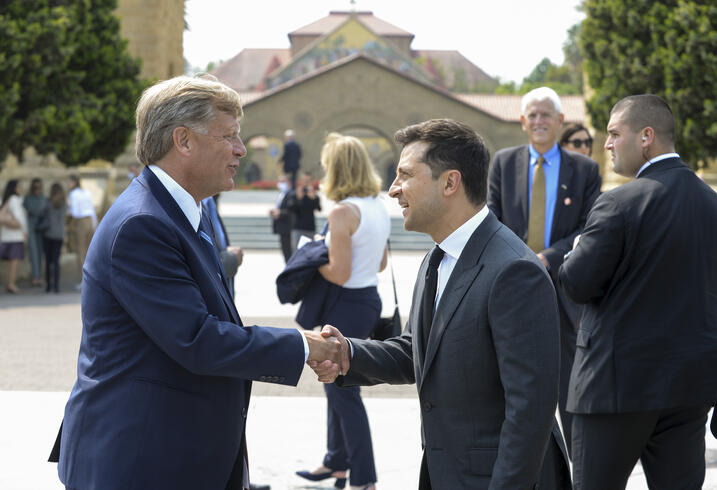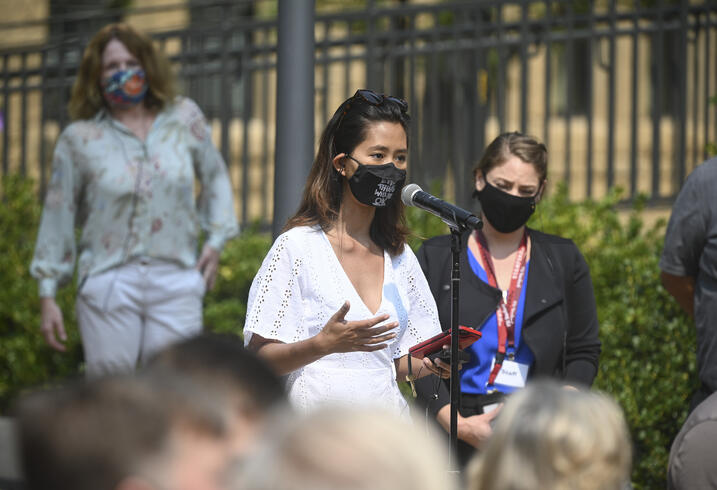From June 23 to 25, the world watched as Yevgeny Prigozhin, head of the private militia Wagner Group, ordered his fighters to seize the military headquarters in the Russian city of Rostov-on-Don, demanded the resignation of Defense Minister Sergei Shoigu and Chief of General Staff Valeriy Gerasimov, and advanced his forces toward Moscow.
The rebellion posed the most significant threat to President Vladimir Putin’s power in his 23-year tenure as Russia’s leader. While the mutiny was abruptly called off following a deal brokered by Belarusian president Aleksandr Lukashenko, the effects continue to reverberate throughout Russia, Eastern Europe, and beyond.
Much is still unknown about the mutiny, Prigozhin’s exile in Belarus, and internal disputes within the Kremlin. But long-time Putin watchers and Russia experts agree that the events of the weekend have significantly weakened Putin’s image as an authoritarian strongman and sole commander of Russia.
Below, scholars from the Freeman Spogli Institute for International Studies offer their analysis of how the mutiny may impact Russia, Putin’s power, and the war in Ukraine.
Ongoing Problems for Putin
Kathryn Stoner
Writing in Journal of Democracy, Kathryn Stoner, the Mosbacher DIrector of the Center on Democracy, Development, and the Rule of Law, explains how the rebellion is both a symptom and cause of Putin’s instability as a leader:
“Putin’s rule relies on individual loyalties rather than institutionalized, transparent chains of command and responsibility. This allows him to retain unrivaled control over a hierarchy of patron-client relationships and to change policies quickly before any real internal elite opposition can coalesce. But the result of such a system is that it operates at the mercy of shifting loyalties and is therefore inherently fragile. The Prigozhin rebellion, therefore, is a symptom of this latent instability within Putinism.”
Stoner, who has written previously about the conditions that lead to regime changes in autocracies, offered her insights in The Atlantic on how Putin might try to recoup from the embarrassment caused by the rebellion:
“What does all of this tell us about what might now be going on in Russia and how Putin might pursue the war in Ukraine going forward? While to us Putin may look weak and ineffective, he will undoubtedly use his control over the Russian media to pin the rebellion on Ukraine, NATO, and Russia’s other enemies. He may even take credit for avoiding mass casualties in a civil war by making a deal with Prigozhin. Spinning the story as best he can, Putin himself will survive, although his carefully crafted myth of competence will be damaged. Over time, this might erode elite confidence, although it is unlikely to result in an open coup attempt anytime soon.”
Stoner believes that there is “much still to learn about all that has transpired,” but that one thing is certain: Putin’s ill-considered war in Ukraine has weakened his grip on Russia.
“Although this is not the end of the war or of Putin,” she says, “the Wagner rebellion might yet prove the beginning of the end of both.”






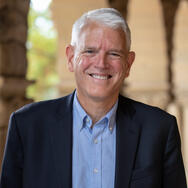



 Oxana Shevel is an Associate Professor of Political Science at Tufts University and current Vice President of the Association for the Study of Nationalities (ASN) and the American Association of Ukrainian Studies (AAUS). Her work explores nation building and identity politics in the post-Soviet region. Her book, Migration, Refugee Policy, and State Building in Postcommunist Europe (Cambridge University Press, 2011) won the American Association for Ukrainian Studies prize for best book in the fields of Ukrainian history, politics, language, literature and culture. Her recent work has focused on the sources of citizenship policies in the post-Communist states, comparative memory politics, and religious politics in Ukraine. With Maria Popova, she is currently writing a book on the root causes of the Russo-Ukrainian war, entitled Russia and Ukraine: Entangled Histories, Diverging States, scheduled to be released in late 2023.
Oxana Shevel is an Associate Professor of Political Science at Tufts University and current Vice President of the Association for the Study of Nationalities (ASN) and the American Association of Ukrainian Studies (AAUS). Her work explores nation building and identity politics in the post-Soviet region. Her book, Migration, Refugee Policy, and State Building in Postcommunist Europe (Cambridge University Press, 2011) won the American Association for Ukrainian Studies prize for best book in the fields of Ukrainian history, politics, language, literature and culture. Her recent work has focused on the sources of citizenship policies in the post-Communist states, comparative memory politics, and religious politics in Ukraine. With Maria Popova, she is currently writing a book on the root causes of the Russo-Ukrainian war, entitled Russia and Ukraine: Entangled Histories, Diverging States, scheduled to be released in late 2023. 

